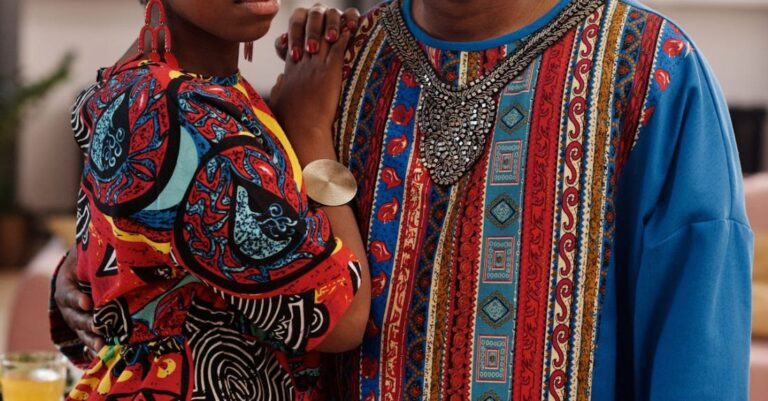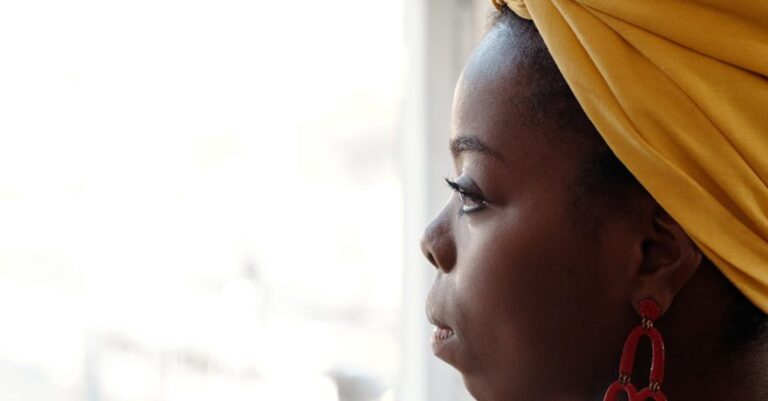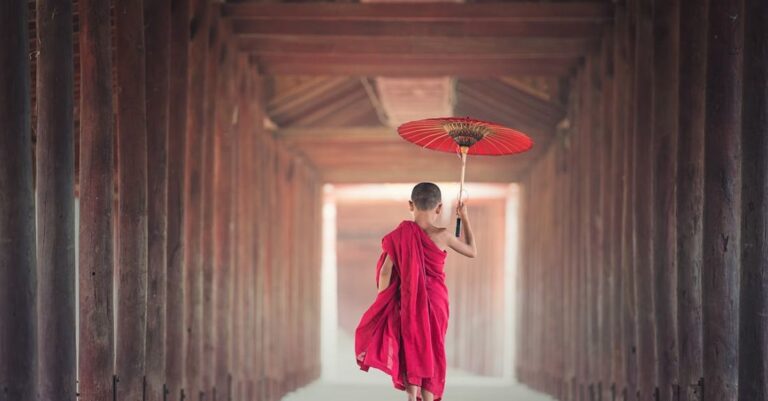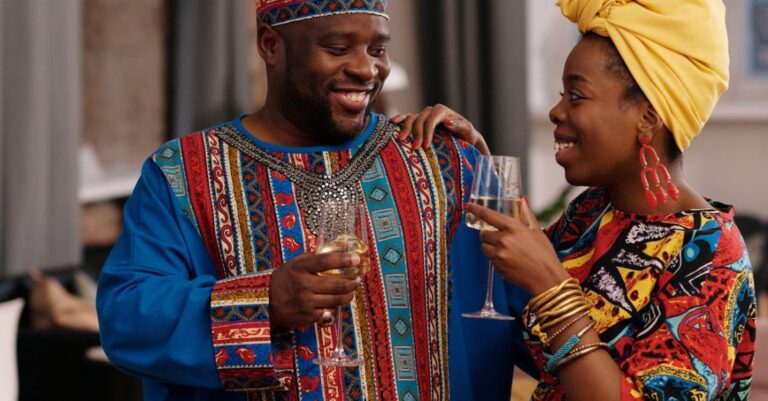
The arrival of a new year is a time of celebration and reflection for people around the world. Across different cultures and countries, various traditions and customs are observed to mark the beginning of a fresh chapter. These unique practices not only add to the festive spirit but also reflect the values and beliefs of the communities that uphold them. Let’s delve into some of the most popular New Year’s traditions observed across the globe.
New Year’s Traditions in Asia
Asia is home to a diverse range of cultures, each with its own set of traditions for welcoming the new year. In China, the Lunar New Year, also known as the Spring Festival, is a grand celebration that lasts for 15 days. Families come together for reunion dinners, exchange red envelopes filled with money, and set off fireworks to ward off evil spirits. The ringing of bells and the lighting of lanterns are also common practices during this time.
In Japan, New Year’s Day, or “Oshogatsu,” is a time for visiting temples and shrines to pray for good fortune in the coming year. Traditional New Year’s foods such as “osechi ryori” (special dishes packed in stacked boxes) and “mochi” (rice cakes) are consumed for good luck. Additionally, the custom of sending “nengajo” (New Year’s postcards) to friends and family is a cherished tradition in Japan.
New Year’s Traditions in Europe
In many European countries, the New Year is welcomed with a range of customs and rituals. In Scotland, the celebration of Hogmanay is a lively affair that includes the singing of “Auld Lang Syne” and the practice of “first-footing,” where the first person to enter a home after midnight brings gifts for good luck. In Spain, it is customary to eat 12 grapes at the stroke of midnight, with each grape representing a wish for the upcoming year.
In Greece, the cutting of the New Year’s cake, known as “vassilopita,” is a popular tradition. A coin is hidden inside the cake, and the person who finds it is said to have good luck for the rest of the year. In Russia, the New Year is celebrated with a grand feast and the custom of “olivier salad,” a dish made with potatoes, peas, carrots, and mayonnaise, is a staple at New Year’s gatherings.
New Year’s Traditions in the Americas
In the United States, the dropping of the New Year’s Eve ball in Times Square, New York City, is a well-known tradition that dates back to 1907. Millions of people gather to watch the ball descend as the clock strikes midnight, signaling the start of the new year. In Brazil, the color of one’s underwear on New Year’s Eve is believed to bring different fortunes – red for romance, yellow for wealth, and white for peace.
In Mexico, the tradition of eating 12 grapes at midnight is also practiced, along with the burning of “monigotes” (effigies) to symbolize leaving behind the past year’s troubles. In Canada, the polar bear plunge, where individuals jump into icy waters on New Year’s Day, is a daring tradition that signifies renewal and cleansing.
Embracing Diversity in New Year’s Traditions
As we usher in the new year, it is fascinating to witness the myriad ways in which different cultures celebrate this universal milestone. Whether it’s the vibrant festivals in Asia, the age-old customs in Europe, or the spirited gatherings in the Americas, New Year’s traditions serve as a reminder of the rich tapestry of human heritage and the shared desire for hope and prosperity in the year ahead.
In a world that is increasingly interconnected, these diverse traditions offer a glimpse into the values and beliefs that unite us as a global community. As we partake in our own New Year’s customs, may we also take a moment to appreciate the beauty and significance of the traditions practiced by our fellow humans around the world. Let the spirit of unity and celebration guide us as we embark on another journey around the sun.





